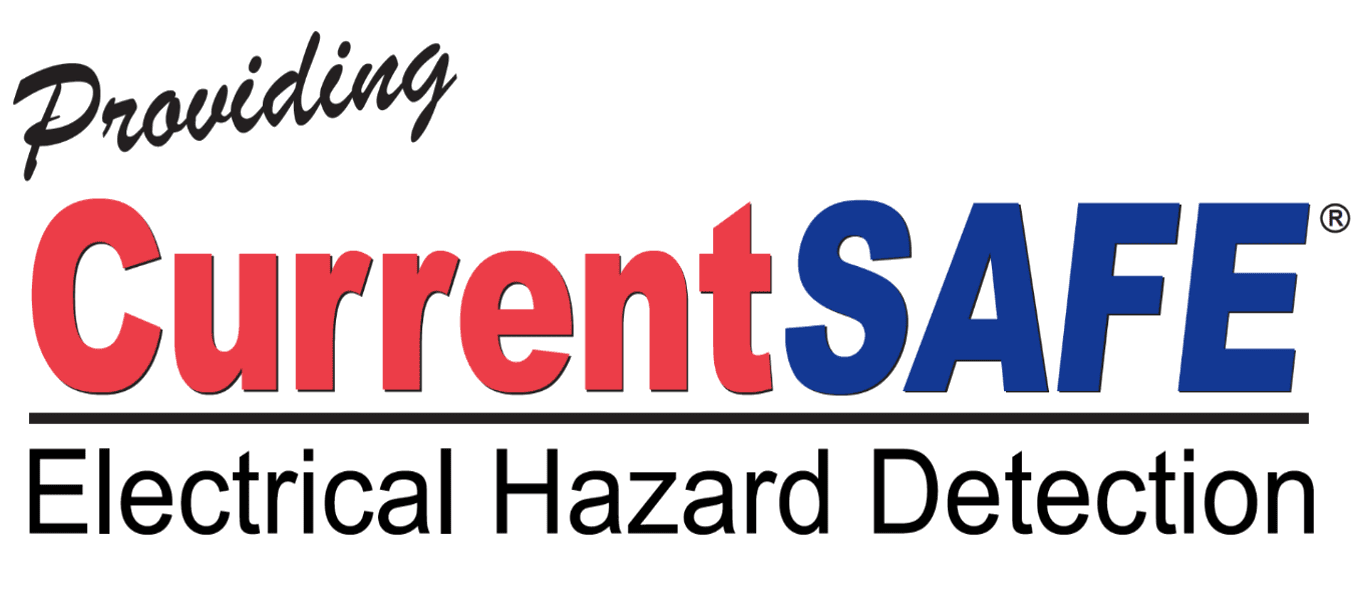Hospital Accreditation Standards –JCAHO & DNV
Transworld Electric offers TEGG which is a electrical preventive maintenance service that has all the tools to help assist healthcare facilities develop customized programs to meet these recommended accreditation standards.
Intent of EC. 1.7
Section f: Maintenance strategies for all critical components of the entire inventory
Section g: Intervals for inspecting, testing, and maintaining appropriate critical components of the entire inventory (that is, those pieces of components on the inventory benefiting from scheduled activity recommendations, risk levels, and current organizational experience)
Intent of EC.2.8
Staff have been oriented to , and educated about the environments of care, and possess the knowledge and skills to perform their responsibilities under the environment management plans (as described in EC. 1.1 through EC.1.7). This includes staff roles in the findings of safety inspections; roles in incident and risk reporting, roles in the notification and recall process roles in the preventative maintenance process; and correct use of equipment, including required testing and handling of broken or potentially unsafe equipment.
- Actions to eliminate, minimize, or report safety risks
- Capabilities, limitations, and special applications of equipment
- Operating and safety procedures for equipment use
- Processes for reporting equipment management problems, failures, and user errors which utility system user can describe or demonstrate
- Process for reporting utility system management problems, failures and user errors
- Utility system capabilities, limitations, and special applications;
- emergency procedures in the event of a system failure
- Location and use of emergency shut off controls;
- Whom to contact in emergencies which those who maintain the utility system can describe or demonstrate
- The knowledge and skill necessary to perform maintenance responsibilities;
- Process for reporting utility system management problems, failures, and user errors; location and use of emergency shutoff controls; and whom to contact in the event of an emergency
- Leaders can describe their roles in developing safety policies and procedures and provide examples of environmental management program goals and performance improvement standards.
– 2003 Hospital Accreditation Standards
Why care for your healthcare facility’s electrical distribution system?
Common Problems
- Overloaded circuits
- Code Violations
- Poor Power Quality
- Harmonics affecting critical systems caused by:
- Variable speed drives
- Welding
- Electrical discharge machinery
- Laser Cutting
- Controllers/PLCs
- Improper Grounding due to:
- The addition of new, automated machinery and equipment
- Original electrical infrastructure was not designed for current uses
- Harsh Environment
- Electrical equipment should be de-energized, cleaned, tightened, and lubricated on a regular basis
- Oil misters, coolants, metal fillings, powered metal dust, carbide, graphite, etc., infiltrate electrical components, which can cause tracking
- Heavy Energy Usage:
- This generates excessive amounts of heat that cause connections to loosen due to shrinkage and expansion. Loose connections cause arcing that generates extreme heat and high resistance, which is a major safety concern and also results in an in efficient use of power.
- Budget Constraints
- Maintenance department has many responsibilities
- Harmonics affecting critical systems caused by:
Critical Areas
- Incoming services
- UPS system
- Redundant power services
- Emergency generator
- Operating room
- Diagnostic equipment
- Computer room(s)
- Refrigeration and HVAC
Financial benefits of Electrical Preventative Maintenance
- Predictive budget
- Minimize or eliminate unexpected outages and untimely repairs
- Extend the EDS life/lower replacement costs
- Lower liability risks
- Greatly reduce electrical fires
- Computerized documentation for your electrical distribution system
Equipment Loss Examples: Hospital and Medical Centers
An emergency generator switched on when a slight power reduction automatically activated the emergency electrical system. The generator produced over-voltage causing damage to various patient-monitoring equipment and the solid-state fire alarm system. TOTAL LOSS: $ 60,337
Electrical arcing occurred in a cardiac catheterization machine, which caused damage to a high voltage cable and other electrical apparatus. TOTAL LOSS: $40,995
A 1500 kVA transformer was damaged while in operation, causing damage to adjacent electrical system switch-gear. TOTAL LOSS: $71,799
The main switchboard and cables burned out due to an insulation failure. TOTAL LOSS: $137,065
CT scanner, ultrasound, and x-ray machine shorted out when the maintenance crew pulled wires through a conduit and a neutral wire came into contact with a high voltage cable. Equipment was rented while replacements were being obtained. Physical damage: $339, 283, Extra Expense: $66,097, Total Loss: $405,380



